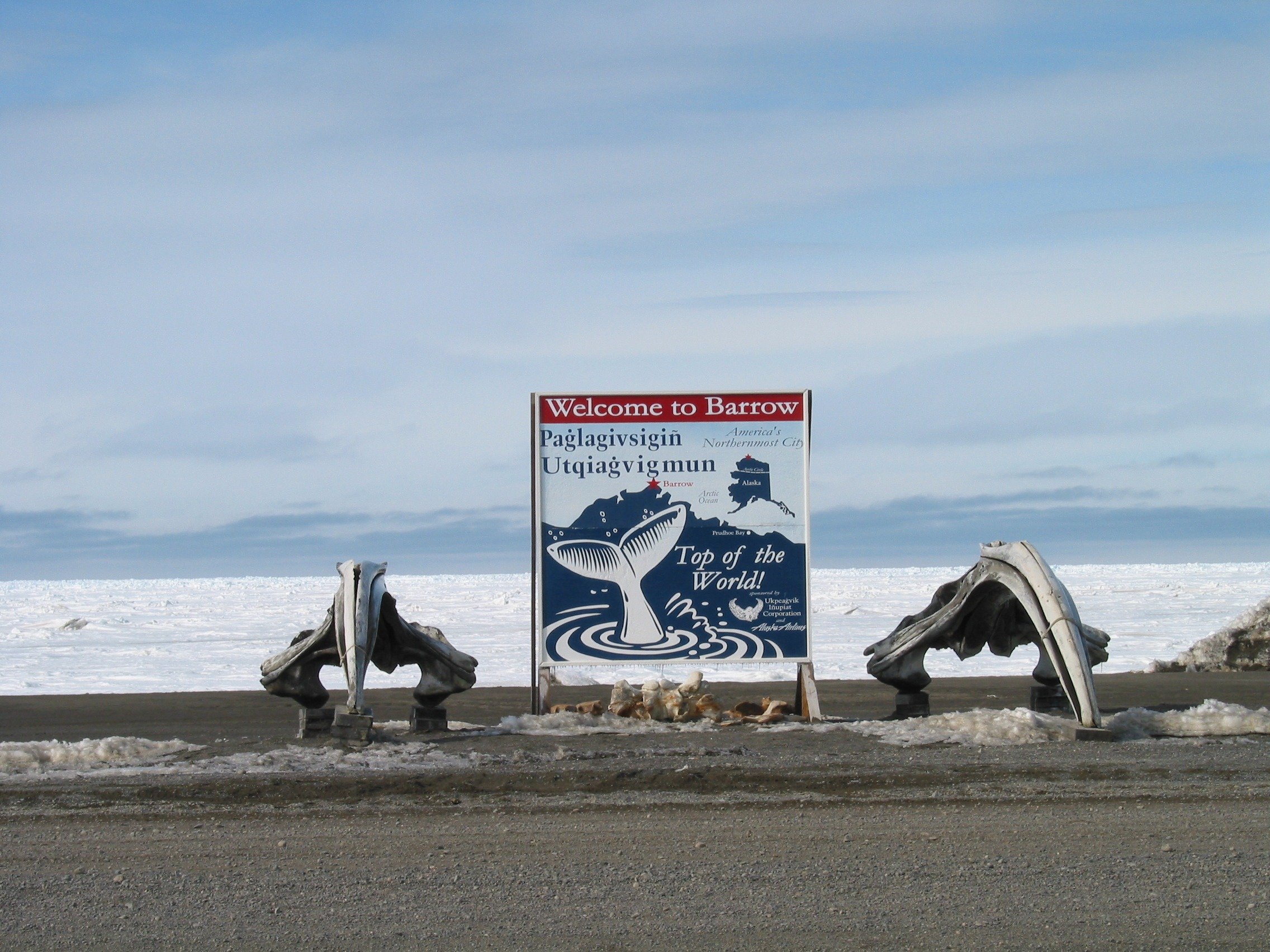Polar Night Begins In Utqiaġvik, Alaska
Language
Reading Level
Listen to Article
Alignment

The next time you grumble about short winter days, think of Utqiaġvik (formerly Barrow), Alaska, the northernmost town in the United States. On November 18, 2025, its residents witnessed their final sunset of the year. They will not see the Sun again until around January 22, 2026. That is about 64 consecutive days, or 1,536 hours, of darkness!
"This happens every year," explains CNN meteorologist Judson Jones. "If you live above the Arctic Circle, there will be a day when the Sun sets for the rest of the winter. The good news? It will return, and then during the summer, it won't set for days."

Utqiaġvik's long stretch of darkness is due to its location about 1,200 miles (1,931 km) from the North Pole. Earth’s axis is tilted about 23.5 degrees as it orbits the Sun. During winter, regions near the poles tilt away from the Sun and receive little or no direct sunlight. At the North Pole, this sunless period lasts from September through March.
Even without the Sun though, the town will not be completely dark. This is because the Sun's rays bend around Earth and appear just above the horizon. This phenomenon, known as "civil twilight," is similar to the soft light we see at sunrise before the Sun fully emerges. It creates beautiful blue, orange, and pink hues as the Sun’s rays scatter through Earth’s atmosphere. Initially, this twilight lasts about six hours each day. By mid-December, it shortens to just three hours as the North Pole tilts farther away from the Sun.

Utqiaġvik is the first Alaskan town to enter polar night each year, but it is not the only one. In the coming weeks, communities such as Kaktovik, Point Hope, and Anaktuvuk Pass will also lose direct sunlight for several months. Finland, Norway, and Sweden experience similar periods of prolonged darkness during winter, though for shorter stretches.
Residents in these regions are well-rewarded for enduring the long, dark winters. In summer, they enjoy the "midnight sun," when the Sun remains visible around the clock. In Utqiaġvik, this period will last for about 84 straight days, from May 10 to August 2, 2026!
Resources: Wikipedia.org, CNN.com, Weather.com